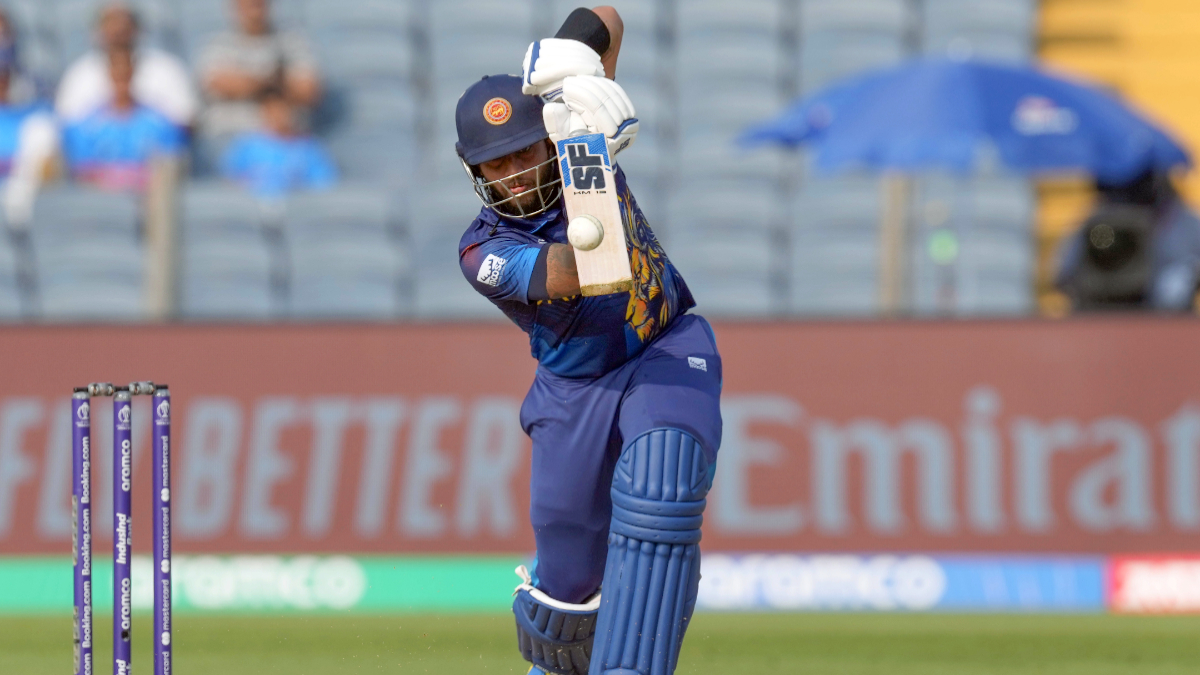Sri Lanka’s dominant victory in the third T20I against the West Indies showcased their superior batting and bowling prowess, securing a 2-1 series win. The match highlighted the contrasting performances of both teams, with Sri Lanka’s calculated approach and impactful partnerships proving too much for the West Indies to overcome. Their spinners played a crucial role in stifling the West Indies’ batting order, creating a platform for their batsmen to easily chase down the relatively modest target. This analysis will delve into the key aspects of the match, highlighting Sri Lanka’s strategic success and the West Indies’ struggles.
Sri Lanka’s Dominating Batting Display
Kusal Mendis and Kusal Perera’s Match-Winning Partnership
Sri Lanka’s chase was anchored by a superb 125-run partnership between Kusal Mendis and Kusal Perera. Mendis, with a composed 68 runs off 50 balls, displayed excellent timing and power hitting, accumulating five fours and three sixes. His innings was a masterclass in controlled aggression, perfectly adapting his game to the situation and guiding Sri Lanka towards victory. Perera complemented Mendis’s efforts with a equally impressive 55 off 36 balls, laced with seven fours, showcasing his ability to rotate the strike effectively and accelerate when needed. This partnership proved the cornerstone of Sri Lanka’s success, solidifying their control over the chase. Their understanding and the smooth flow of runs allowed Sri Lanka to chase the target with ease.
Pathum Nissanka’s Explosive Start
The platform for the decisive Mendis-Perera partnership was laid by Pathum Nissanka’s explosive start to the innings. His 39 runs off 22 balls set an aggressive tone, establishing a commanding position from which the middle order could build their innings. The early dominance showcased Sri Lanka’s intent, pushing the West Indies onto the back foot early on. His aggressive hitting made sure Sri Lanka maintained a strong run-rate in the powerplay which eventually resulted in the successful chase. The seamless transition from Nissanka’s powerful start to the calculated batting of Mendis and Perera demonstrated the team’s versatility and ability to adapt. This transition of aggressive initial batting to calm, calculated finishing is what made their batting approach truly dominant in this encounter.
West Indies’ Struggles with the Bat and Ball
Failure to Capitalize on the Early Wicket
Despite picking up an early wicket, the West Indies’ bowling attack failed to capitalize on this opening and maintain the pressure throughout Sri Lanka’s innings. The loss of momentum after taking the early wicket can be partly attributed to lack of consistency and control throughout the bowlers attack. Their inability to control the boundaries gave Sri Lanka the leeway to increase the tempo of their scoring. The West Indies bowlers seemed unable to adapt to Sri Lanka’s shift in the batting approach which saw them put the pressure right back on the fielding side with impressive scores and partnership in a concise and clinical fashion. The lack of effective planning from West Indies eventually cost them heavily in this match.
Spinners dominate West Indies batting line-up
The West Indies batting struggled considerably against the Sri Lankan spinners. Maheesh Theekshana (2/19) and Wanindu Hasaranga (2/24) were particularly effective, exploiting the weaknesses in the West Indies’ batting lineup to devastating effect. Their accurate and cleverly varied deliveries regularly troubled the West Indies batters who struggled to handle their skill with accuracy and deception. West Indies slow start is mainly because of their inability to play against the spinners effectively which put too much pressure in early stages of innings eventually lead to loss in the match. This poor performance from the batting order highlights the major flaws in the teams strategies.
Analyzing the Overall Match Performance
Sri Lanka’s strategic prowess in both innings
Sri Lanka’s victory was a result of superior strategic planning in both bowling and batting innings. Their bowlers’ effectiveness in limiting the West Indies’ score created a manageable chase, while their batsmen displayed both explosive power hitting and calm strategic play during their innings. Their ability to execute their plans was flawless allowing Sri Lanka to adapt according to the game condition, ultimately resulting in their dominance throughout the match. This is clear example of holistic team performance which involves well organized and precise approach towards each stages of the game which contributed to Sri Lanka’s victory.
West Indies inconsistent performance
West Indies’ performance lacked consistency. Their inability to consistently produce runs with the bat as well as effectively restrict Sri Lanka’s chase made the entire match tilted towards the opposing side. There were individual moments of brilliance, but this wasn’t enough to compete against Sri Lanka’s cohesive approach. This points out critical errors in team coordination and planning which can easily be rectified. Improving on these major weaknesses is what West Indies require most currently.
Takeaway Points
- Spin bowling dominance: Sri Lanka’s spinners played a crucial role in restricting the West Indies’ innings. The West Indies need to improve their ability to play spin bowling if they want to compete against top teams.
- Strategic partnerships: Sri Lanka’s ability to forge significant partnerships during their batting innings showed great teamwork and planning.
- Consistency is key: West Indies’ inconsistent performance underscores the importance of consistent contributions across the team to secure success in high-pressure matches.
- Adaptability: Sri Lanka’s ability to adapt to match conditions was crucial to their success.









